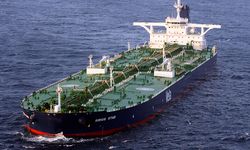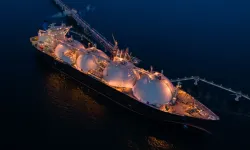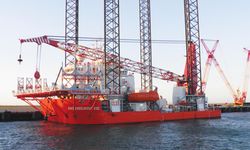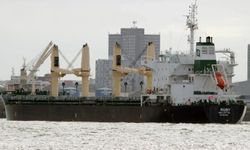Despite a notable decline in trade volumes, down nearly 30% compared to the 2023 monthly averages, a remarkable surge in clean tanker rates has been reported in the latest analysis by shipbroker Gibson.
Several factors contribute to this unexpected trend. Firstly, the transportation of larger cargo consignments has resulted in fewer available tankers. The disparity in fleet sizes also plays a role, with over 660 Suezmax tankers and 900 Very Large Crude Carriers (VLCCs), while only about 250 LR2s and 260 LR1s are actively participating in clean markets.
The majority of the other tankers in these fleets are engaged in dirty market trading. Additionally, there has been a notable deviation from Suezmax tankers, accounting for 80% of crude shipped from the Middle East Gulf to Europe last year, dropping to 55% in January.
Despite initial hopes for improved security in the Red Sea, Gibson notes a fading optimism, citing further attacks on commercial vessels and Israel's rejection of Hamas' proposed ceasefire terms. Notably, tankers with recent significant Russian trading history continue to navigate through the region, both laden and in ballast.
This is occurring despite escalating tensions and three recent attacks on vessels with connections to Russia or Russian cargo, indicating an apparent resilience among these tankers amid the challenging circumstances.






